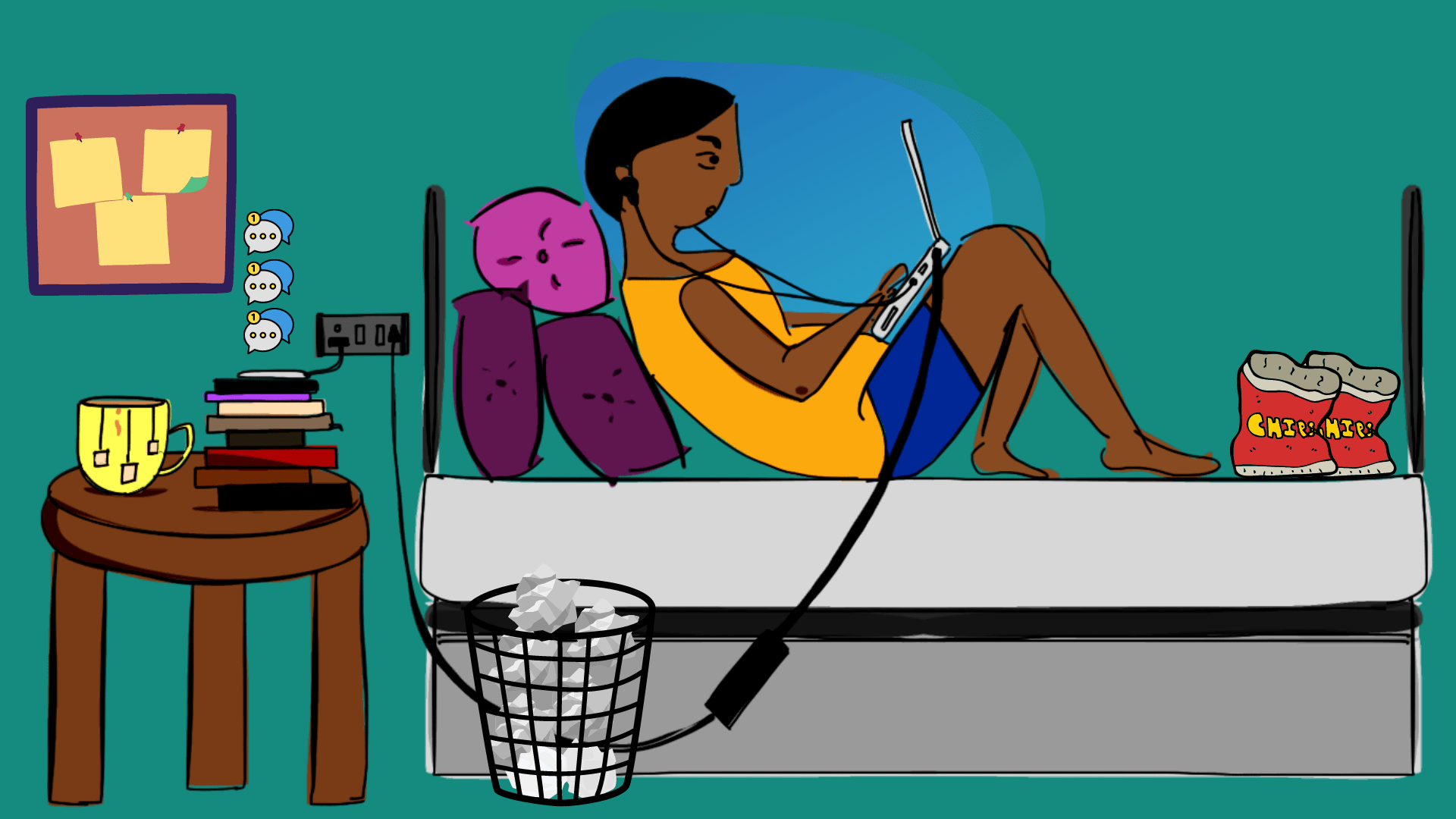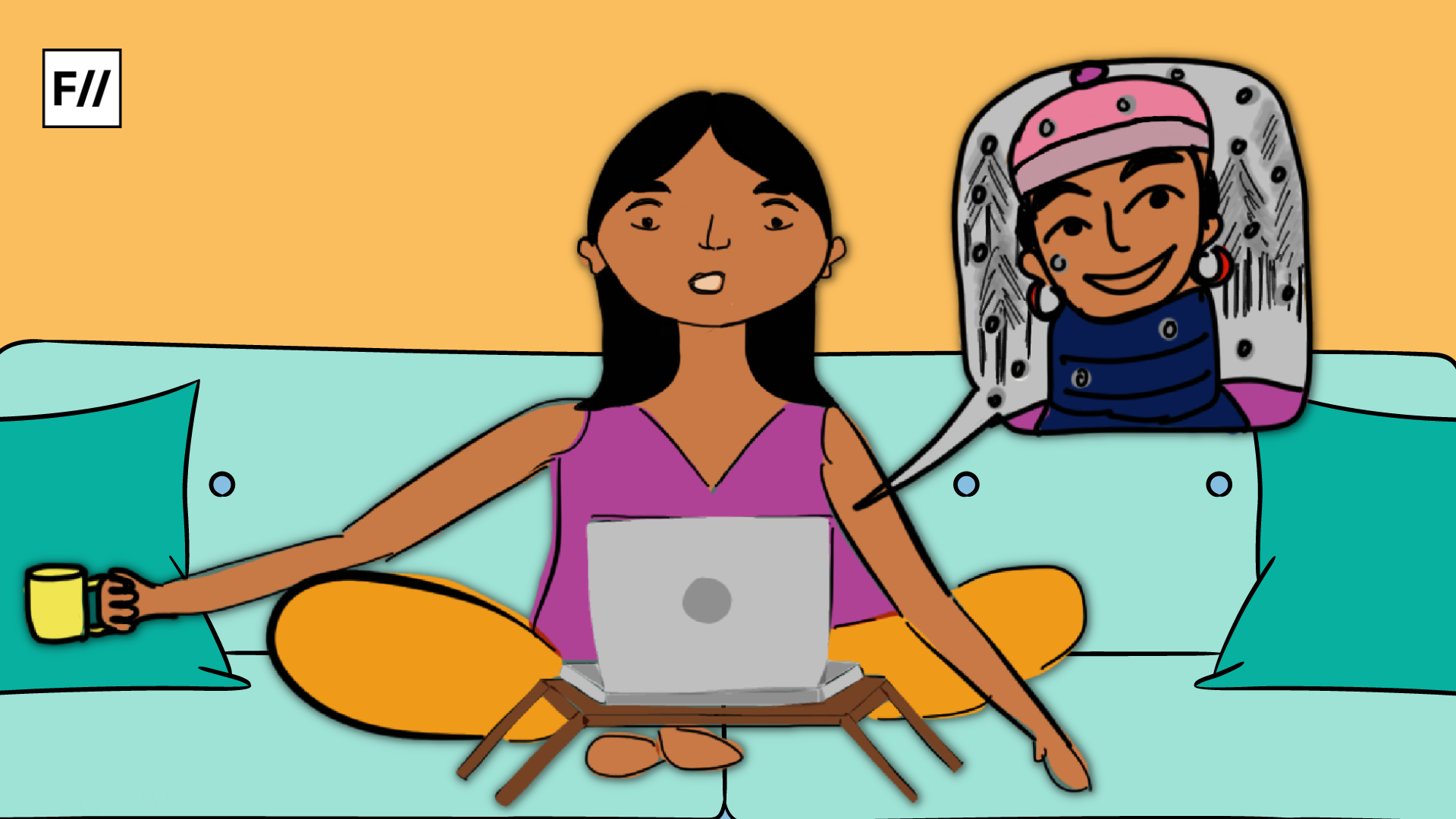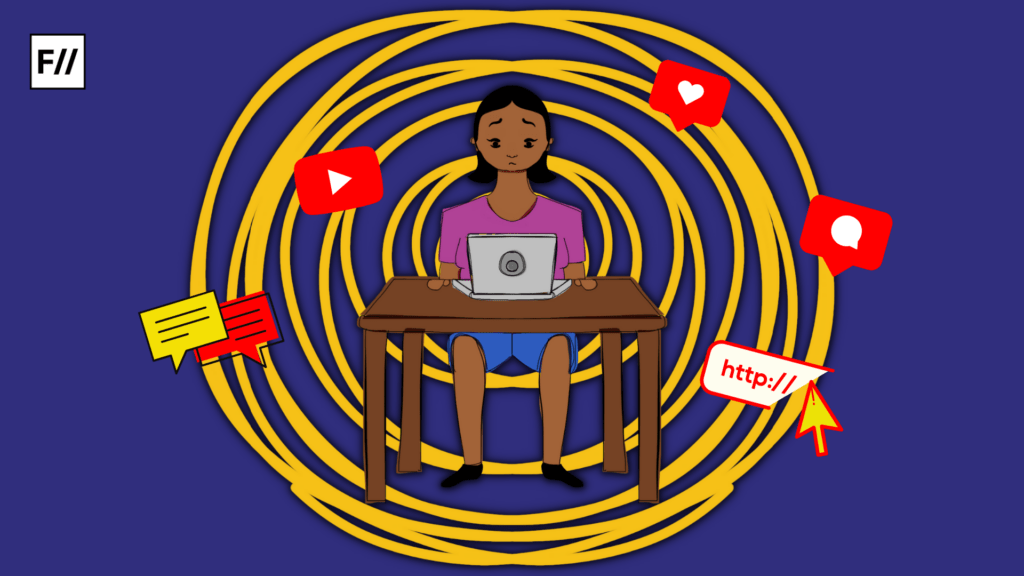Democracy has long been established as the only legitimate form of decision-making in modern societies. Tracing back the origins of democracy to Athens, at the heart of it were the citizens defined by their ability to participate in political contemplation and decision-making. A public sphere of citizens is a lynchpin of a working democracy. Jurgen Habermas defines the public sphere as ‘a realm of our social life in which something approaching public opinion can be formed.’ Hannah Arendt calls it a ‘space of appearance’ where people speak and act together and make their appearance explicitly.
Thus, an inclusive public sphere could offer many political as well as normative possibilities against the dominant imagination.
A participatory public sphere ensures competing demands and expectations play into full force in a democracy. It also has a bearing on our conceptualisation of “basic needs” for sustaining a livable life and even the intelligibility of “life” itself. Which lives are worth living, sustaining, and protecting is inherently a political contestation. Thus, an inclusive public sphere could offer many political as well as normative possibilities against the dominant imagination. This is also why the participation of marginalised and dissenting voices is indispensable against the sway of majoritarian and hegemonic forces.
Digital public sphere and the intersectional online gender-based violence
With the ubiquitous digitisation of our lives, the contours of our public sphere are being profoundly shaped by social media platforms. Today, the nature and scope of public interactions and relationships stand transformed. In 2023, Twitter while rebranding itself, declared, ‘The X app is the trusted digital town square for everyone’. Whether it is the large sums of money being spent by political parties on social media ads or the government awarding social media influencers, all these instances attest to the enormous power the medium wields in influencing public opinion.

While the access and availability of the internet and mobile phones have been democratising the digital public sphere, it has opened the floodgates of online violence aided by technology. Every user on social media is vulnerable to online violence. However, for certain identities, the danger of violence, and harassment is more pervasive and always imminent. For instance, a UN Women Report shows a 168-percent increase in misogynistic content on social media in India, Sri Lanka, and Malaysia during the Covid-related lockdowns. Another study, by The Economist Intelligence Unit, notes the prevalence of online violence against women globally at a staggering 85% high.
Online violence is thus a gendered phenomenon that targets women for their gender identity, particularly those who are vocal on public platforms. It includes gender-based disinformation, hate speech, Video and image-based abuse, and violent threats, to name a few. Online Gender-Based Violence (OGBV) could be thus symbolic, emotional, and structural and can have physical effects. OGBV itself is coded in sexism and heteronormativity. Comments like ‘tera baap tujhe marta nahi hai kya’ and ‘fatherless behaviour’ towards women and queer folks have become the lingua franca in digital spaces. According to Emma Jane, such comments are ‘presented as ‘corrective’ to perceived transgression from traditional gender roles and heteronormative sexuality’.
In the case of women with intersectional identities, the violence is amplified, multiplied, heightened and escalated.
In the case of women with intersectional identities, the violence is amplified, multiplied, heightened and escalated. It is targeted against multiple elements of their identity along with gender such as caste, religion, body, sexuality, and color. Kiruba Munuswamy, a Human Rights lawyer and Dalit activist, shares, ‘When women are generally threatened with rapes and slut-shaming, outcaste women are insulted as unworthy or too ugly to rape, or labeled as being a slut is hereditary and predominantly because of being born in the untouchable caste’.
It is noteworthy that hyper-nationalistic and communal politics, owing to its inherent foundations in normative gender roles, further escalate the OGBV. In 2021, an Indian YouTube channel ‘Liberal Doge’ virtually auctioned Pakistani women, which was followed by similar cases of putting up Indian Muslim women for auction such as ‘Bulli Bai’ and ‘Sulli Deals’.
The architecture of OGBV
The online and the off-line violence spill into each other. The violence against women in the digital sphere is an extension of the ‘routinised’ violence they face in their physical environments. In the words of Lis Kelly, it is a ‘continuum of violence’. Nonetheless, there are some peculiarities of the digital sphere which support its hostile dynamics. Bridget Harris notes that the ‘spacelessness of technology ensures that women can be exposed to violence anywhere and any time they use digital media or a device’.

The scope of propagation and permanence of the violence, automation which eases launching multiple attacks at multiple fronts coupled with the anonymity in the online world also facilitate online violence. Additionally, the popular axioms such as “don’t feed the troll” show that a certain “ordinariness” has now been attached to OGBV. The lax responses by social media corporations and the state administration mean the perpetuation of a culture of online violence with complete impunity.
Silence, self-censor and withdrawal
The OBGV has far-reaching implications for the well-being, freedom, and life opportunities of women. It results in physical and psychological harm, shame, and humiliation. Women from marginalised communities face a double whammy. They often partake in the digital sphere juggling between the digital divide, patriarchy, and intersectional social hierarchies. ‘I come from a conservative Muslim family and they are always worried for my safety’, Arshi, who found her name in the Sulli Deals and Bulli Bai apps, shares with Decode.
In environments of moral policing and surveillance, OGBV further encloses the public sphere from the substantial reach of women. The UNESCO-ICFJ study on women journalists revealed that 38 percent of those who faced online violence ‘made themselves less visible’ and 20 percent ‘withdrew from all online interaction’. Women begin to self-censor and restrict their online presence. This devoids the digital sphere of their voices not only as women but also as members belonging to marginalised communities.

Against skewed digital access and the male-dominated public-political spaces, it is imperative for women along intersections using the internet to be able to express themselves freely in these digital “spaces of appearances”. It is an effective protest tool. But their very visibility and audibility in the digital sphere are weaponised to make them easy targets of violence and harassment, facilitated by technology. This muzzles women’s voices as active digital citizens and marginalises their presence in the public sphere.
About the author(s)
Bhumika Pant holds a Master's in Political Science from the Delhi University. Having lived at grassroots as an SBI YFI fellow, she is interested in the lived experiences of people and their intersection with gender, technology and politics.




